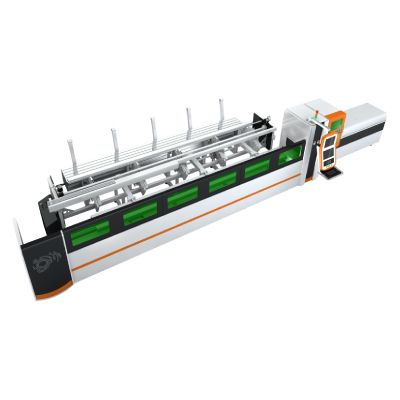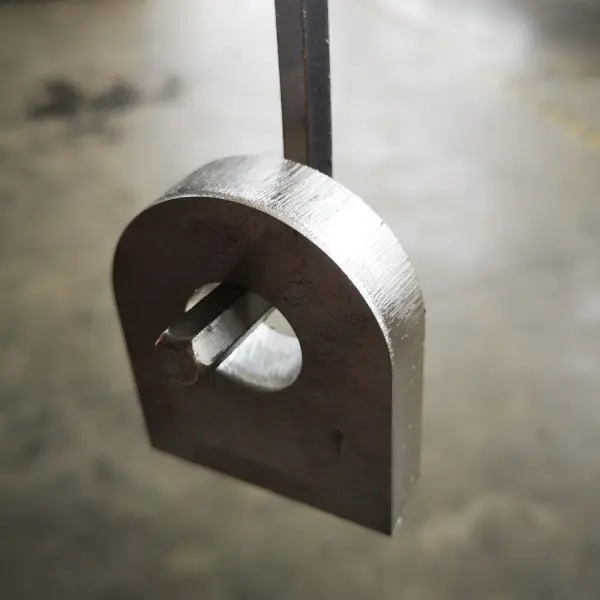In the landscape of contemporary manufacturing, precision and efficiency hold paramount importance. With industries continuously evolving to meet increasing consumer demands, the adoption of advanced technology has become essential. Among the myriad of machines that have revolutionized metal fabrication, the metal cutting machine stands out as a pivotal tool. This article delves into the significant role of the metal cutting machine in modern manufacturing processes, its various types, applications, and the benefits it brings to industries around the globe.
Metal cutting machines are designed specifically to remove material from a workpiece, thereby shaping it into the desired form. The process involves several techniques, including sawing, shearing, and various types of machining, such as milling and turning. The choice of machine and cutting method typically depends on the material being worked on and the specifications required for the final product.
One of the most common types of metal cutting machines is the CNC (Computer Numerical Control) machine. CNC technology has transformed traditional machining practices by enabling high levels of automation and precision. These machines operate using computer algorithms that dictate the cutting movements, resulting in intricate designs and exceptionally accurate dimensions. This level of precision is critical in sectors like aerospace and automotive manufacturing, where even the smallest deviation can lead to significant issues.

Revolutionizing Metal Fabrication: The Role of the Metal Cutting Machine in Modern Manufacturing Processes
Another popular type of metal cutting machine is the laser cutter. This technology utilizes high-powered lasers to precisely cut through various metals. Laser cutting is known for its speed and accuracy while leaving behind a clean edge finish, which often requires little to no further processing. Industries that require sharp, complex cuts often prefer laser cutters; they are particularly advantageous for sheet metal fabrication and creating intricate parts in machinery.
Plasma cutting, a method that uses a high-velocity jet of ionized gas called plasma, is also widely used in metal cutting applications. This method is ideal for thicker materials and is often favored in construction and shipbuilding industries. Plasma cutters are versatile and can work with various metals, providing a robust solution for large-scale projects.

Revolutionizing Metal Fabrication: The Role of the Metal Cutting Machine in Modern Manufacturing Processes
Moreover, water jet cutting machines represent another innovative approach in the realm of metal cutting. Water jet cutting utilizes a high-pressure stream of water mixed with an abrasive substance to cut through metal. This technique is beneficial because it produces minimal heat, which means it can cut through materials without altering their properties or causing warping. Water jet cutting is particularly useful for materials that are sensitive to temperature changes, such as aluminum and composites.

Revolutionizing Metal Fabrication: The Role of the Metal Cutting Machine in Modern Manufacturing Processes
The advantages of employing metal cutting machines in manufacturing are numerous. Firstly, they greatly enhance productivity by significantly reducing the time needed to produce parts. Traditional cutting methods can be labor-intensive and time-consuming; however, the precision and automation provided by metal cutting machines streamline the process, allowing manufacturers to increase their output without sacrificing quality.
Secondly, metal cutting machines improve the consistency and accuracy of the products. With advanced technologies such as CNC and laser cutting, manufacturers can achieve precision that is nearly impossible with manual methods. This improved accuracy translates into higher quality products, fewer rejections, and, ultimately, increased customer satisfaction.
Furthermore, the range of applications for metal cutting machines is extensive. From small-scale custom fabrication shops to large industrial manufacturers, these machines cater to various sectors, including automotive, aerospace, construction, and even artistic endeavors. This versatility underlines the importance of metal cutting machines in meeting the diverse needs of the marketplace.
In conclusion, the metal cutting machine plays an indispensable role in the modern manufacturing ecosystem. Its ability to enhance productivity, ensure precision, and adapt to various applications solidifies its status as a crucial tool for manufacturers. As technology continues to advance, we can expect even greater innovations in metal cutting machines, driving further efficiency and productivity across industries. Understanding and utilizing these machines not only enables better production outcomes but also fosters a culture of continuous improvement and excellence in manufacturing practices. Laser Cutting Machine For Kitchen Cabinet
